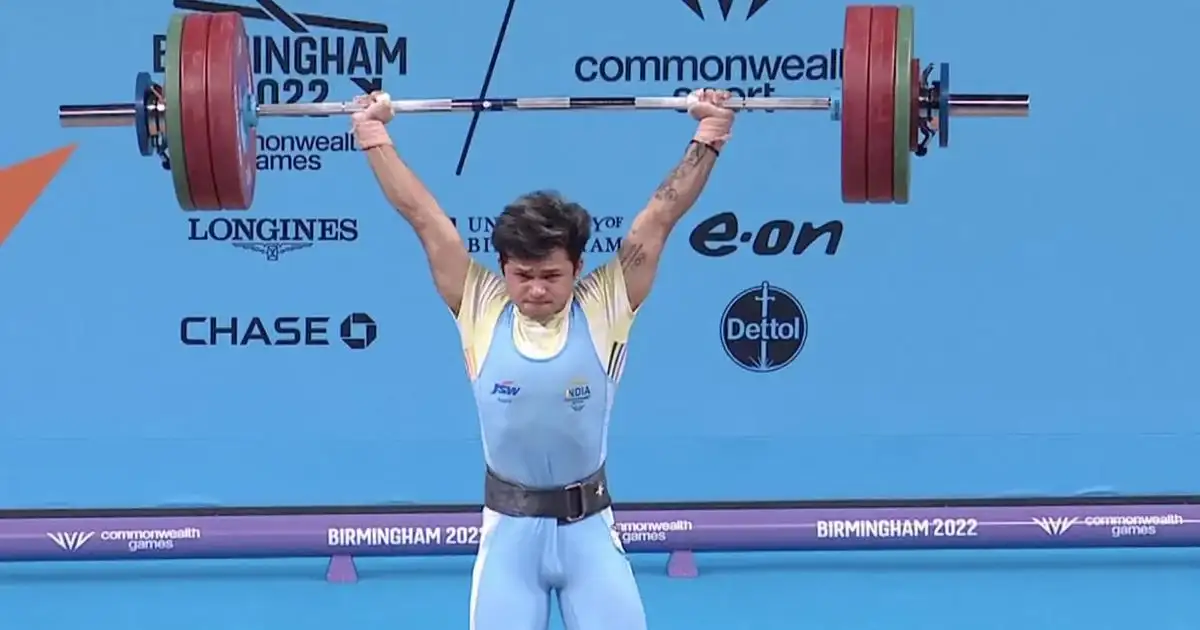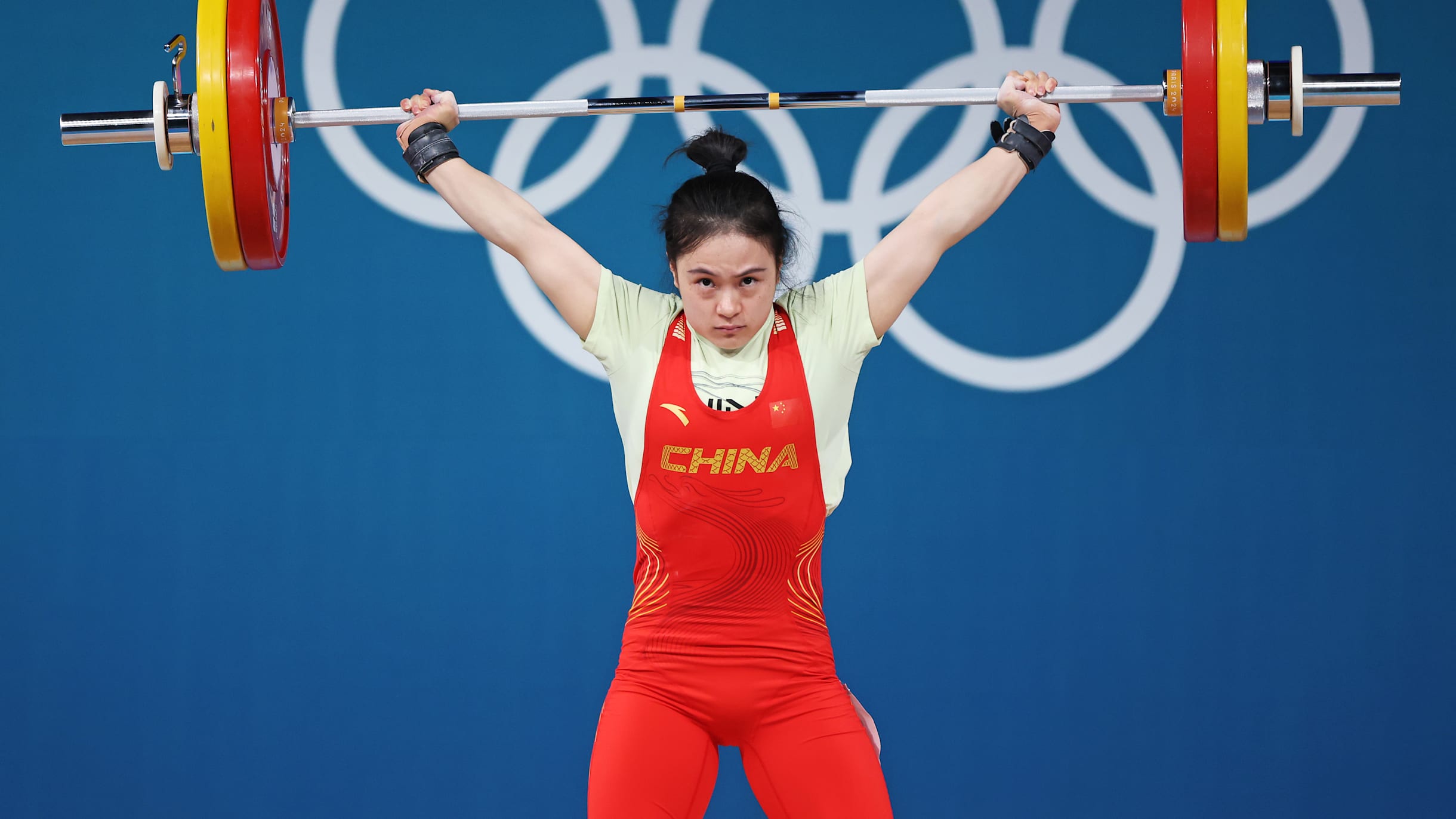Weightlifting is a sport that exemplifies the perfect blend of strength, technique, and mental fortitude. It’s a discipline that has evolved over centuries, captivating athletes and spectators alike with its display of raw power and intricate precision. This article explores the essential aspects of weightlifting, including its techniques, training methodologies, and the mental attributes necessary for success in this demanding sport.
The Basics of Weightlifting
Weightlifting, often referred to as Olympic weightlifting, primarily consists of two competitive lifts: the snatch and the clean and jerk. Each lift requires not only brute strength but also exceptional technique and timing.

The Snatch: In this lift, the athlete lifts the barbell from the ground to overhead in one fluid motion. It requires explosive strength and precise coordination as the lifter pulls the barbell, drops into a squat, and then stands up with the weight overhead.
The Clean and Jerk: This lift is performed in two stages. First, the athlete "cleans" the barbell to their shoulders, which involves a powerful pull and a squat. The second part, the "jerk," involves pressing the barbell overhead, requiring strength and stability.
The Importance of Technique

While strength is crucial in weightlifting, technique is paramount. Proper technique ensures that the lifter can maximize their power output while minimizing the risk of injury. Here are some key components of effective weightlifting technique:
Stance and Grip: The lifter's stance and grip can significantly affect their lifting performance. Proper grip width and foot positioning are essential for stability and balance.
Body Alignment: Maintaining a neutral spine and proper joint alignment is critical. This alignment allows the lifter to effectively transfer power through their body, making the lift more efficient.
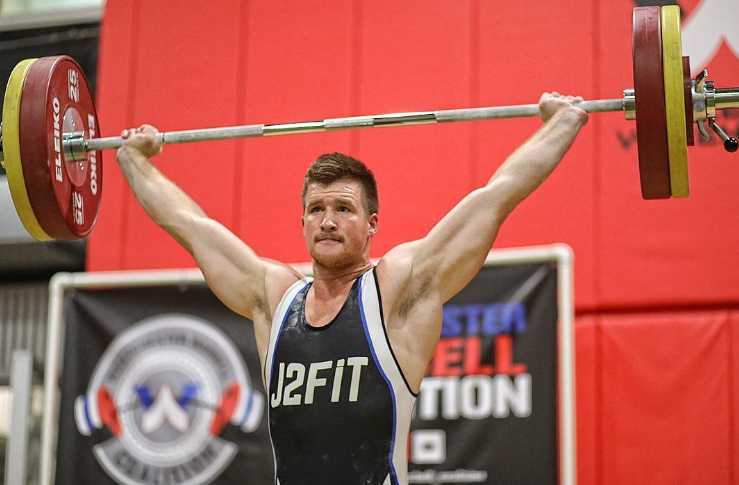
Movement Patterns: The execution of each lift involves specific movement patterns that must be practiced repeatedly. This repetition helps engrain muscle memory, allowing lifters to perform the movements instinctively.
Strength Training and Conditioning
To excel in weightlifting, athletes must undergo rigorous training regimens that build overall strength, power, and mobility. Key components of a successful weightlifting program include:

Strength Training: Heavy lifting is essential for developing the foundational strength needed for the Olympic lifts. Exercises like squats, deadlifts, and bench presses complement the main lifts and help build overall muscle mass.
Speed and Power Development: Olympic weightlifting is about more than just lifting heavy weights; it requires speed and explosiveness. Athletes often incorporate dynamic movements, such as plyometrics and power cleans, into their training to enhance these qualities.
Mobility and Flexibility: Adequate mobility is crucial for executing lifts correctly and safely. Weightlifters engage in stretching and mobility exercises to improve their range of motion, ensuring they can perform lifts with the proper form.
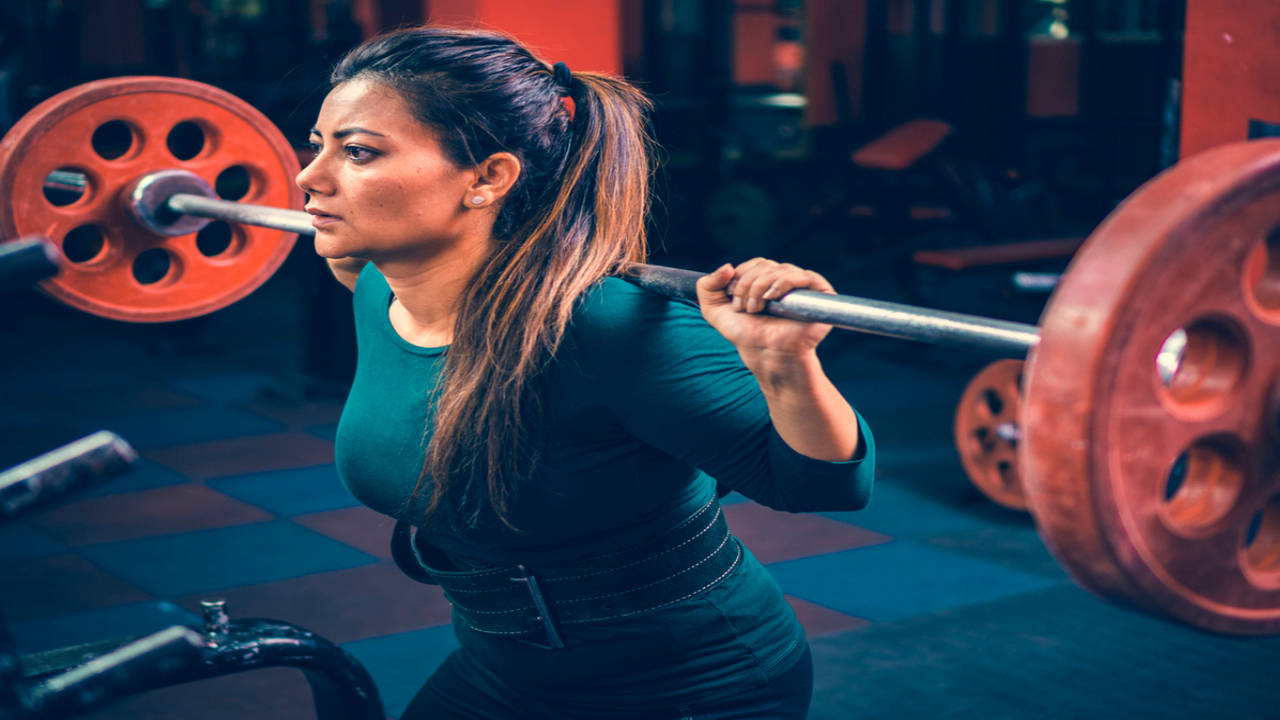
Mental Resilience in Weightlifting
Beyond physical preparation, mental resilience is essential for success in weightlifting. The sport challenges athletes both physically and psychologically, requiring them to develop a strong mindset. Key mental attributes include:
Focus and Concentration: Lifting heavy weights demands full attention. Athletes must block out distractions and maintain focus on their technique and performance.
Goal Setting: Successful weightlifters often set specific, measurable goals to track their progress. This goal-oriented mindset helps maintain motivation and fosters a sense of accomplishment as they work towards their targets.

Overcoming Adversity: Weightlifting is fraught with challenges, including plateaus, injuries, and competition stress. Developing mental resilience allows athletes to bounce back from setbacks and continue striving for improvement.
The Community and Culture of Weightlifting
Weightlifting has a rich community and culture that promotes camaraderie among athletes. Many lifters train together in gyms and clubs, sharing tips, techniques, and encouragement. This sense of community fosters a supportive environment where athletes can thrive and grow.
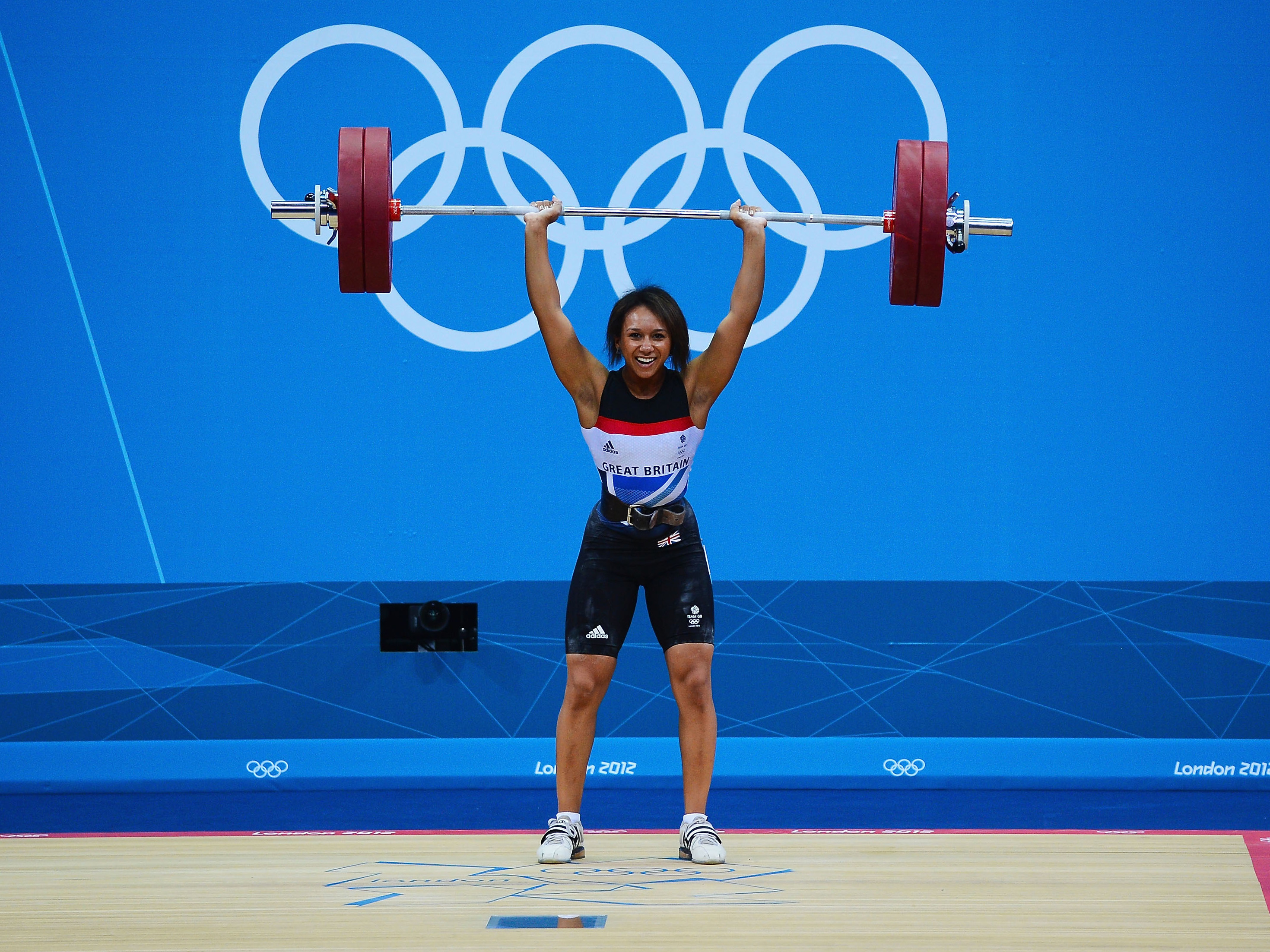
The Competitive Aspect
At the elite level, weightlifting competitions showcase the culmination of years of hard work and dedication. Athletes compete in different weight classes, and their lifts are judged based on technique and successful execution. The thrill of competition and the pursuit of personal records create an exhilarating atmosphere, where lifters strive to outperform not only their competitors but also themselves.
Conclusion
The power and precision of weightlifting make it one of the most challenging yet rewarding sports. Athletes must master the delicate balance between strength, technique, and mental fortitude to excel. Whether training for personal fitness goals or competing at the highest levels, weightlifting offers a unique journey of self-improvement and achievement. As lifters continue to push their limits, they embody the essence of strength, discipline, and perseverance, inspiring future generations to embrace the art and science of weightlifting.

The Power and Precision of Weightlifting at Paris 2024
Weightlifting is not just a test of strength; it is an intricate sport that combines power, technique, and mental fortitude. As it prepares to showcase its athletes at the Paris 2024 Olympics, the discipline promises to bring forth thrilling competitions that highlight the incredible skill and dedication of weightlifters from around the globe. This guide delves into the nuances of weightlifting, its significance in the Olympics, and what to expect in the upcoming events.
1. Understanding Weightlifting

Weightlifting consists of two main lifts: the snatch and the clean and jerk. Each lift requires a unique blend of strength, speed, and coordination.
-
Snatch: In this lift, the athlete lifts the barbell from the ground to overhead in one continuous motion. This lift demands explosive strength and precise technique, as athletes must quickly transition from a squatting position to standing while securing the barbell overhead.
-
Clean and Jerk: This lift is performed in two stages. First, the athlete lifts the barbell from the ground to their shoulders (the clean), then from their shoulders to overhead (the jerk). This sequence showcases not only strength but also balance and timing.
2. The Role of Technique
The technique is paramount in weightlifting. Proper form can significantly enhance an athlete’s performance and reduce the risk of injury. Factors such as grip, stance, and bar path are critical to achieving a successful lift. Athletes spend years perfecting their technique through repetitive training, often working with coaches to refine their movements.

